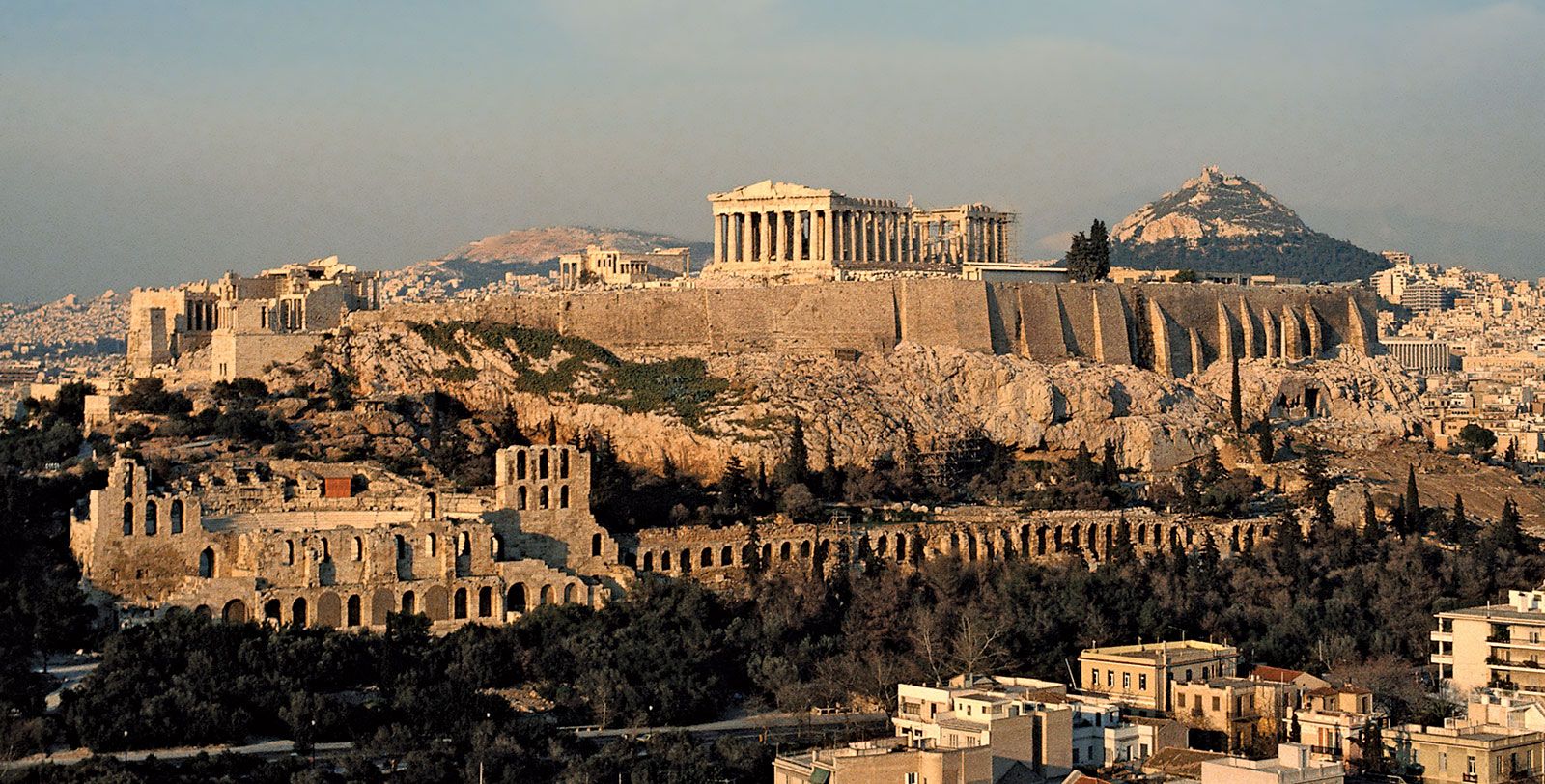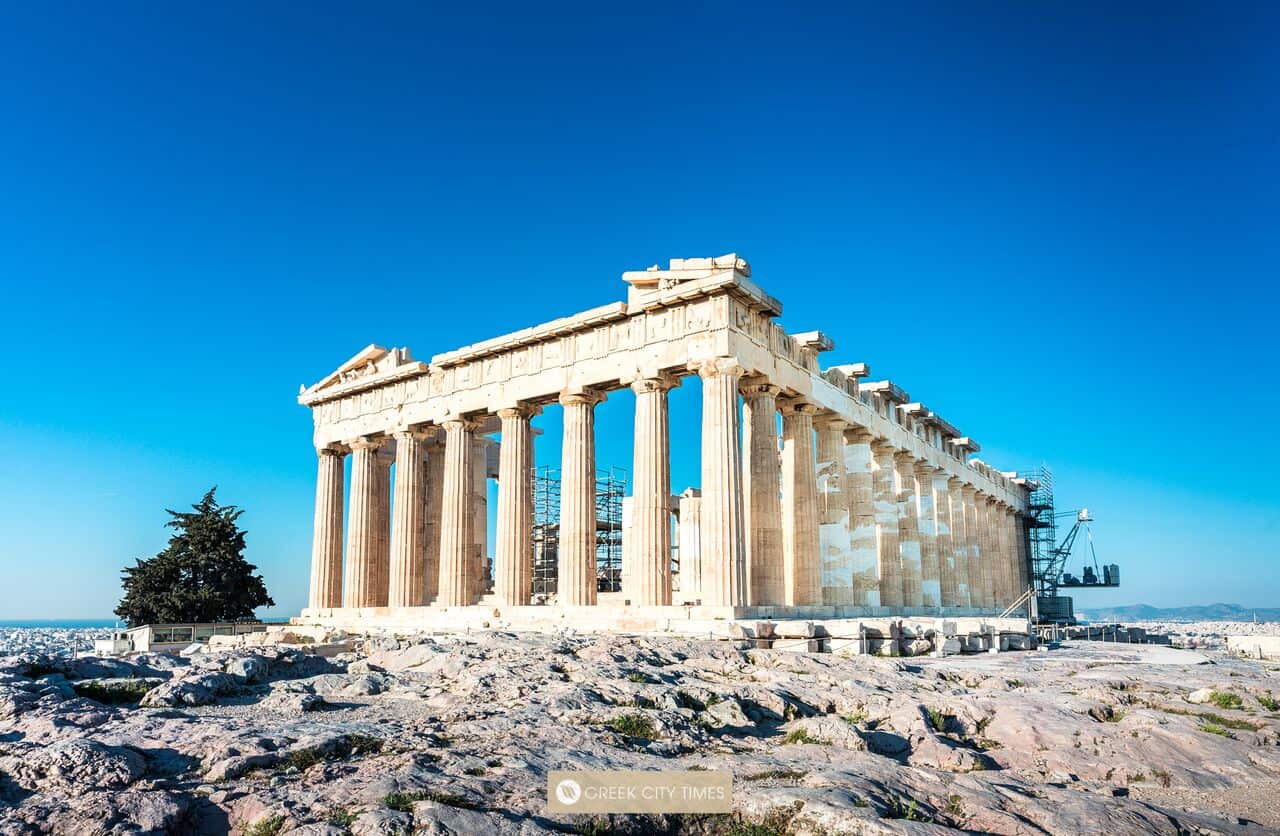
Perched majestically atop a rocky outcrop overlooking the vibrant city of Athens, the Acropolis stands as a timeless testament to ancient Greek civilization, a UNESCO World Heritage site that continues to awe and inspire millions of visitors each year. More than just a collection of ruins, it is a living monument, a sacred space that whispers tales of gods, heroes, philosophers, and the birth of democracy. To truly grasp its significance, one must delve into its rich history, explore its iconic structures, and understand the practicalities of experiencing this extraordinary wonder.
A Chronicle Etched in Stone: The History of the Acropolis
The Acropolis’s story is deeply intertwined with the very fabric of Athens. Its strategic elevation made it an ideal location for settlement, and evidence suggests human habitation dating back to the Neolithic period. However, its most celebrated era, the Golden Age of Athens, began in the 5th century BCE. Following the Persian Wars, the visionary statesman Pericles initiated an ambitious building program that transformed the barren hilltop into a sacred sanctuary dedicated to the goddess Athena, the city’s patron deity.
Related Articles about The Acropolis of Athens: A Journey Through Time and Majesty:
- Sri Lanka: The Emerald Isle’s Timeless Allure – Top Things to Do
- Unveiling the Pearl of the Orient: A Comprehensive Guide to the Best Tourist Attractions in the Philippines
- Hanoi: A Tapestry of History, Charm, and Culinary Delights
- Geneva: A Jewel on the Lake – Your Comprehensive Guide
- Your Ultimate Guide to Vietnam: A Journey Through History, Culture, and Culinary Delights
This period saw the construction of the monumental structures that define the Acropolis today. The Parthenon, the crowning glory, was built between 447 and 438 BCE, a masterpiece of Doric architecture and a symbol of Athenian power and artistic achievement. The Erechtheion, with its graceful Caryatids, followed, a complex and sacred site believed to be the location of Athena’s mythical contest with Poseidon for the patronage of Athens. The Propylaea, the monumental gateway, and the Temple of Athena Nike, a small but elegant Ionic temple, completed the sacred precinct.
Over centuries, the Acropolis bore witness to the ebb and flow of history. It was a pagan temple, a Christian church, a mosque, and even a fortress. Its marble structures suffered damage from earthquakes, wars, and the ravages of time. The Ottoman occupation, in particular, saw the Parthenon used as a gunpowder magazine, leading to its catastrophic explosion in 1687. Despite these tribulations, the Acropolis endured, a resilient symbol of Athenian heritage. In the 19th century, with the establishment of modern Greece, significant restoration efforts began, aiming to preserve and protect this invaluable cultural treasure for future generations.
Jewels in the Crown: Main Attractions of the Acropolis
The Acropolis is not a single building, but a complex of interconnected structures, each with its own unique story and architectural splendor.
-
The Parthenon: Undoubtedly the most iconic structure, the Parthenon is a marvel of engineering and artistic expression. Dedicated to Athena Parthenos (Athena the Virgin), it was designed by architects Ictinus and Callicrates, with sculptural decoration overseen by the renowned Phidias. Its sheer scale, perfect proportions, and intricate friezes depicting mythological scenes and Athenian processions are breathtaking. While much of its sculptural decoration is now housed in museums, the remaining columns and pediments still evoke a sense of awe and grandeur.
-
The Erechtheion: This asymmetrical temple, built in honor of both Athena and Poseidon, is renowned for its unique design and the famous Porch of the Caryatids. These six maiden figures, sculpted as graceful columns, support the roof of the southern portico. The Erechtheion is also believed to house sacred relics, including Athena’s olive tree and Poseidon’s trident mark.
-
The Propylaea: This imposing monumental gateway served as the grand entrance to the sacred precinct. Designed by Mnesicles, it is a complex of interconnected buildings that once housed stoas and a library. Its imposing scale and elegant design were intended to impress visitors and signify the importance of the Acropolis.
-
The Temple of Athena Nike: Perched on a bastion overlooking the sea, this small but exquisite Ionic temple is dedicated to Athena, the goddess of victory. It was built to commemorate Athenian triumphs, and its delicate sculptures depict winged figures of victory.
-
The Acropolis Museum: While not on the hilltop itself, this modern, state-of-the-art museum, located at the foot of the Acropolis, is an essential part of the visitor experience. It houses an impressive collection of original sculptures and artifacts unearthed from the Acropolis, providing a comprehensive context to the ruins above. The museum’s design even mirrors the dimensions of the Parthenon, allowing visitors to visualize the original splendor.
-
The South Slope of the Acropolis: This area, accessible with the same ticket, features the ancient Theatre of Dionysus, one of the oldest theaters in the world, where classical Greek tragedies and comedies were first performed. Nearby, the Odeon of Herodes Atticus, a Roman-era theater, still hosts performances today.
Planning Your Pilgrimage: Travel Tips for the Acropolis
A visit to the Acropolis is an unforgettable experience, but proper planning can ensure it’s as smooth and enjoyable as possible.
-
Book Tickets in Advance: The Acropolis is one of the most popular tourist attractions in Greece. To avoid long queues, especially during peak season, it is highly recommended to purchase your tickets online in advance. This will allow you to bypass the ticket lines and head straight to the entrance.
-
Choose Your Time Wisely: The best times to visit are early in the morning or late in the afternoon. This will help you avoid the midday heat and the largest crowds. Sunrise and sunset offer a magical glow on the marble structures, creating a truly enchanting atmosphere.
-
Wear Comfortable Shoes: The Acropolis involves a lot of walking on uneven terrain, including marble steps and ancient pathways. Comfortable, sturdy walking shoes are essential to prevent discomfort and potential injuries.
-
Stay Hydrated: Especially during the warmer months, the Athenian sun can be intense. Carry a reusable water bottle and refill it at designated fountains or purchase water from vendors.
-
Sun Protection is Key: Bring a hat, sunglasses, and sunscreen to protect yourself from the sun’s rays. There is limited shade on the Acropolis.
-
Respect the Site: The Acropolis is a sacred and historically significant site. Please refrain from touching the ancient structures, littering, or disturbing the artifacts. Follow the instructions of the site’s staff and guides.
-
Consider a Guided Tour: A knowledgeable guide can significantly enhance your understanding and appreciation of the Acropolis. They can provide historical context, point out intricate details, and share fascinating stories that you might otherwise miss.
-
Check for Special Events: Occasionally, the Acropolis hosts special events or exhibitions. Checking the official website beforehand might reveal opportunities for a unique experience.
The Golden Hours: Best Time to Visit
The spring (April to May) and autumn (September to October) are widely considered the best times to visit the Acropolis. During these months, the weather is pleasant, with mild temperatures and less intense sunshine. The crowds are also generally smaller compared to the peak summer months.
-
Spring: The Acropolis is bathed in the soft light of spring, with wildflowers blooming around its base. The air is fresh, and the temperatures are ideal for exploring.
-
Autumn: The golden hues of autumn create a stunning backdrop for the ancient ruins. The heat of summer has subsided, making for comfortable exploration.
Summer (June to August) can be extremely hot, with temperatures often exceeding 30°C (86°F). While still a popular time, be prepared for intense heat, larger crowds, and longer queues. Visiting very early in the morning or late in the afternoon is crucial during this period.
Winter (November to March) offers a more serene experience with fewer crowds and lower prices. However, the weather can be unpredictable, with occasional rain and cooler temperatures. The shorter daylight hours also mean less time for exploration.
Comforts Above and Below: Nearby Hotels
Athens offers a wide range of accommodation options to suit every budget and preference. For those wishing to be close to the Acropolis, the Plaka and Monastiraki neighborhoods are ideal.
-
Luxury:
- Hotel Grande Bretagne: A historic and opulent hotel offering breathtaking Acropolis views and unparalleled service.
- King George, a Luxury Collection Hotel, Athens: Situated on Syntagma Square, it boasts elegant rooms and close proximity to major attractions.
-
Mid-Range:
- Electra Metropolis: A modern hotel with a rooftop pool and stunning Acropolis vistas.
- The Stanley: Offers comfortable rooms, a rooftop pool, and panoramic city views.
- InnAthens Hotel: A well-located boutique hotel with stylish rooms and friendly staff.
-
Budget-Friendly:
- Acropolis Select Hotel: A convenient option with good amenities and proximity to the Acropolis.
- Herodes Hotel: Offers basic but clean accommodation and is within walking distance of the main sites.
- Numerous hostels and guesthouses in the Plaka and Monastiraki areas provide affordable options for solo travelers and backpackers.
A Taste of the Aegean: Local Food
Exploring the Acropolis is bound to work up an appetite, and Athens offers a culinary scene that is both delicious and authentic.
-
Tavernas: These traditional Greek eateries are the heart of Athenian dining. Expect hearty portions of classic dishes.
- Moussaka: A layered dish of eggplant, minced meat, and béchamel sauce.
- Souvlaki: Skewered and grilled meat (pork, chicken, or lamb) served with pita bread and tzatziki.
- Gyros: Meat (usually pork or chicken) cooked on a vertical rotisserie, thinly sliced, and served in pita bread with toppings.
- Horiatiki Salata (Greek Salad): A refreshing salad of tomatoes, cucumbers, onions, feta cheese, olives, and olive oil.
- Spanakopita: Spinach and feta cheese pie in flaky phyllo pastry.
- Tzatziki: A creamy yogurt-based dip with cucumber, garlic, and dill.
-
Mezedes: Small appetizer-like dishes, perfect for sharing and trying a variety of flavors.
-
Seafood: Given its proximity to the coast, fresh seafood is a highlight. Grilled octopus, calamari, and various fish dishes are popular.
-
Sweets: Indulge in Loukoumades (honey puffs), Baklava (phyllo pastry with nuts and honey), and Galaktoboureko (semolina custard pie).
-
Coffee Culture: Athenians take their coffee seriously. Enjoy a strong Greek coffee (ellinikos kafes) or a refreshing Frappé (iced coffee).
Navigating the City: Transportation Options
Getting to and around Athens, and to the Acropolis, is relatively straightforward thanks to its well-developed transportation network.
-
From Athens International Airport (ATH):
- Metro: The most convenient and cost-effective option. Line 3 (Blue Line) runs directly from the airport to Syntagma Square and Monastiraki, both within walking distance or a short metro ride from the Acropolis.
- Bus: Several bus lines connect the airport to different parts of the city.
- Taxi: readily available but more expensive. Ensure the meter is used.
-
Within Athens:
- Metro: The Athenian metro system is efficient, clean, and covers most of the city’s main attractions. The Acropolis and its surrounding areas are well-served by several metro stations, including Acropolis, Monastiraki, and Syntagma.
- Bus and Trolleybus: An extensive network of buses and trolleybuses covers areas not reached by the metro.
- Tram: Connects the city center to the coastal areas, offering scenic views.
- Taxi: Plentiful but can be subject to traffic. Use ride-hailing apps for a more transparent pricing experience.
- Walking: The historic center of Athens, including Plaka, Monastiraki, and the Acropolis itself, is best explored on foot. Many attractions are clustered together, making walking a pleasant and practical way to discover the city.
The Acropolis of Athens is more than just a destination; it is a journey through the annals of human history and a profound encounter with the enduring legacy of a civilization that shaped the Western world. By understanding its past, appreciating its present, and preparing for your visit, you can unlock the full majesty of this extraordinary monument.








